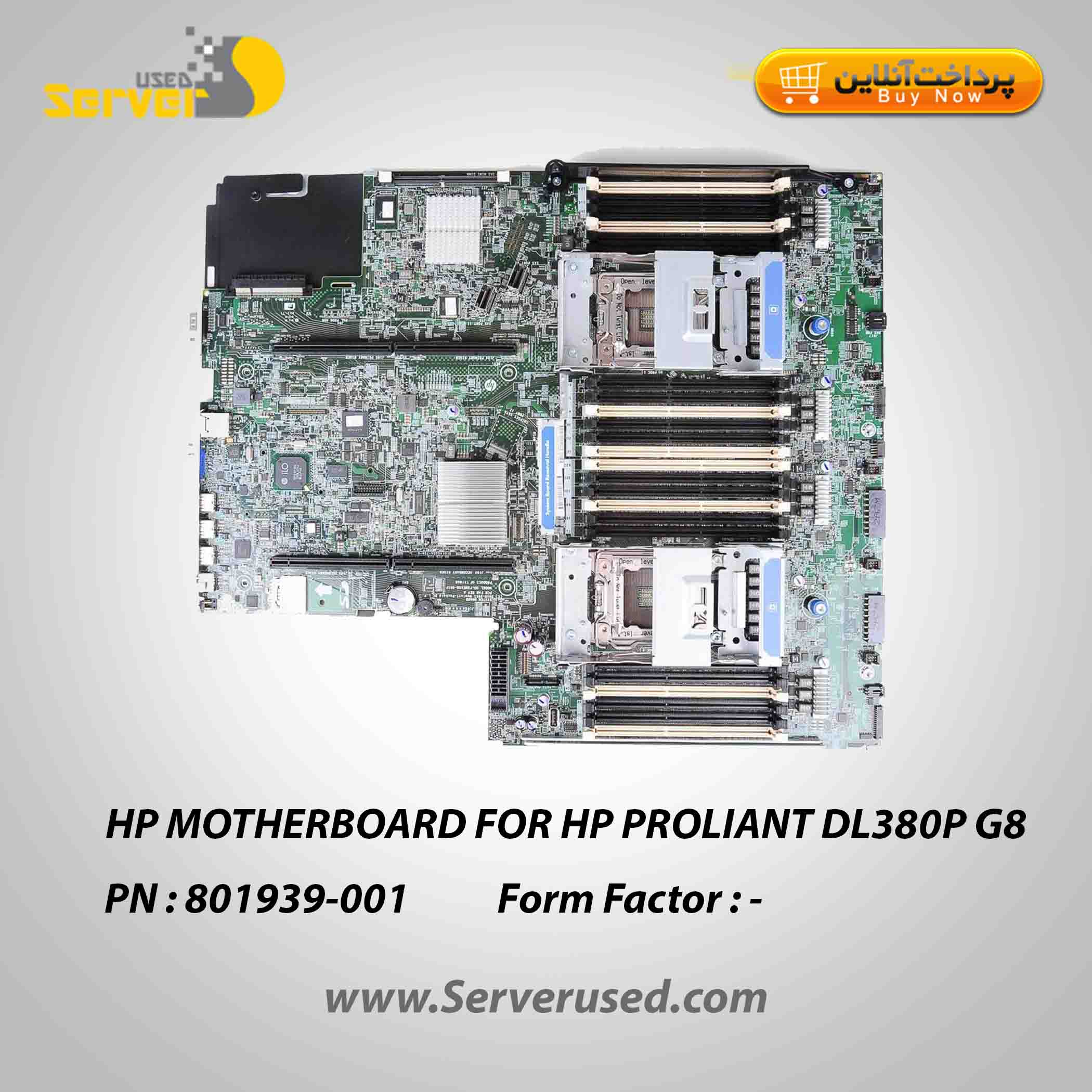Nothing is perfect. Sometimes things happen. If your HPE ProLiant DL380 Gen9 memory upgrade fails at anytime–we will ship a replacement same day. We support your HPE ProLiant DL380 G9 memory purchase long after the sale. The memory of the HP DL380 Gen9 is expandable up to 768GB in a dual processor configuration. The server can handle memory speeds up to 2133 MT/s with single or dual rank modules and up to 2133 MHz with quad rank modules. Below we have compiled a chart of memory kits that are commonly used for the HP ProLiant DL380 Gen9.
I'm building a new VMware lab environment and part of it is the storage. My plan is to use the following:
Server: HP DL380 G8 with two Xeon E5-2670 with 256GB Memory and second drive bay for a total of 16 2.5' drives
Drives: 16x Samsung 850 Pro 1TGB 2.5' SSD
Boot Device: 16GB Sandisk SD Card
Controller Card: LSI SAS 9207-8i (P20 IT mode)
Network Card: Chelsio T520-CR
Now my reasoning behind the setup. The server was easy, it's my main workhorse and I have a few of them for VMware Hosts and other purposes in use. So familiarity with the hardware and no additonal costs. Server run in the basement in a rack so noise, cooling and power is not an issue.
Drives I settled on SSD only. As it will be VMware datastore only the main characteristics are performance. 10TB of usable storage is enough but as its a few VMs the main usage pattern will be random writes and random reads with more read than writes. Sequential traffic is not so common as its around 80 VMs. I see some sequential when doing work on the databases (nightly loads and maintenance stuff).
So as its 2.5' only I'm limited to a max of 1TB of SATA. SAS 2.5' also only 900GB a viable option and then SSD. From a performance perspective rotating disks are limited. In other environments I calculate normally with around 75-100 IOPS usable for SATA drives and ~150IOPS for SAS. So without caching I would get at ~2k IOPS from 13 (16 - 1 Spare - 2 Parity) SAS disks. With caching a bit more but as its not an ideal case for caching (lots of random access) I won't probably see a huge increase. Also price wise the SAS disks are quite expensive an almost par to the SSDs. Those have a spec of 100k IOPS random read 4k and 90k IOPS random write 4k. Yes they are specsheet values but still I should be able to get out quite a few IOPS from those disk.
I didn't plan to have a dedicated ZIL as I would assume even the shared SSD should put out plenty of IOPS. I could add a PCI based Intel SSD 750 later if I really need ZIL and maybe some L2ARC on those faster NVMe based SSD but I'm not sure if that would be worth it. You might have different experiences here.
I though I go for 1 Hot Spare Disk and the rest in a Z2 config.
Controller Card, nothing special here. LSI based IT mode.
For the network card a Chelsio T520-CR as I read the Chelsio one's are the best fit for FreeBSD. I will use iSCSI with two seperate networks on the two ports to benefit the VAAI from VMware.
Boot Device I planned for a SDCard as the Server has a convenient slot. I read that some had issues with failing SDCards. I run VMware off SDCards without any issues for a while now (>3yrs). Is FreeNAS using the boot device more? In VMware when using SDCard it uses a RAM disk for scratch and you normally then specify a NFS share for all its data that it writes (logs etc). How is that in FreeNAS? And if it fails, how hard is it to recover with a new setup? So when you do a re-setup it should read the whole disk config/layout from the disks or do you have to redo it? Are there any good documents about this process?
I have all parts already except the drives. Those I'd like to order soon (together with an order a customer of mine makes to get some decent discounts ;-) ...)
So ... now any inputs from you guys is appreciated as I'm still fairly new with FreeNAS and normally work with 'Enterprise' storage. The ones with the bigger price tags, not necessarly the better products.
Regards,
Marc
- The ProLiant DL380p Gen8 also delivers improved I/O throughput with six PCI-Express (PCIe) expansion slots standard. This HP DL380P G8 is a base unit with no memory or hard drive. The server does come with one power supply and a rail kit. CCNY Tech sells this HP PROLIANT DL380P G8 2.5″ 8 bay SERVER with a 1 year warranty.
- HP ProLiant DL380p Gen8 Server User Guide Abstract This document is for the person who installs, administers, and troubleshoots servers and storage systems.
- The new 2 socket HP ProLiant Gen8 servers also feature advances in memory support. HP ProLiant Gen8 servers based on the Intel® Xeon® E5-2600 series processor family support 4 separate memory channels per CPU and up to 24 DIMM slots– allowing larger memory configurations and improved memory performance. They also incorporate HP Advanced.
In a recent blog, we compared Dell’s 11th and 12th generation servers by exploring the differences between the PowerEdge R710 and R720. Now it’s only fair to look at the differences between the recent generation HP servers for another thorough assessment.
Here is a comparison of the fundamental specifications of the HP ProLiant DL380 G7 and DL380p G8 to help you determine which server you really need.
Processors

HP's latest generation servers are no different than other manufacturer's when it comes to CPU upgrades. The HP DL380p G8 supports Intel's Xeon E5-2600 product family, an advancement from the Intel Xeon X5600 and E5600 processors in the DL380 G7. So why would you need Intel’s E5-2600 series? For starters, these newer CPUs have up to 12 cores compared to the 6 core limit in the DL380 G7. The E5-2600 processors also increase performance, improve security and efficiency, and are ideal for demanding workloads.
Memory
Increased processing power means the newest HP generation servers can support substantially more memory. With 24 DIMM slots, the HP DL380p G8 holds up to 768GB memory while the DL380 G7 maxes out at 384GB in only 12 DIMM slots. High memory capabilities make either of these servers a superior virtualization option. How much memory do you need to virtualize your infrastructure? Our recent blog mentioned that you should allocate at least 2GB memory per virtual machine (VM) generally.
Hp Dl380 G8 Memory Slots Slot
Storage
As far as internal storage, both the DL380 G7 and DL380p G8 offer impressive maximum capacities. The DL380 G7 can support up to 24TB internal storage with a maximum of six 3.5' hard drives or sixteen 2.5' hard drives. With 48TB maximum internal storage, the DL380p G8 includes up to twelve 3.5” hard drives or twenty-five hard drives. Both server models provide support for 6Gb/s SAS, SATA, and SSD drives.

RAID Controller
Of course these considerable internal storage capabilities cannot be utilized in any server without the internal RAID controller. While the DL380 G7 comes with a standard Smart Array P410i RAID controller, the DL380p G8 includes the Smart Array P420i RAID controller upgrade. The main difference between the P410i and P420i RAID controllers is the RAID levels supported. Smart Array P420i controllers support all RAID levels, but the P410i controllers are limited to RAID 0, 1, 5, 10, 50. A couple of other P420i upgrades include 2GB RAID cache availability and Flash-Based Write Cache (FBWC).
While every difference is not covered, we hope this comparison of the HP DL380 G7 and DL380p G8 provided valuable information to reference for your next hardware purchase. To learn more about advancements in server technology check out our webinar.
Subscribe to Our Content
Stay updated with Aventis Systems' latest blogs, infographics and eBooks to get the IT industry's best content!

Proliant Dl380p Gen8 Memory Slots
| Related Articles |
| > Doc. I Don’t Feel Good. I Will Tweet You My Symptoms! > IT is the biggest stolen asset from businesses. Where do you keep I.T.? > Platinum is I.T.’s Best Friend > What’s In Your Datacenter? > Warranty, It’s Easy as 1, 2, 3 > A Clouded Space > Small Business Recruiting Tips for an Improving Economy - Part I > > Small Business Recruiting Tips for an Improving Economy - Part II > Boosting Productivity in Virtual Machines > Dell PowerEdge Server Advancements: R720 vs R710 > Saving BIG Money With Hardware Configuration & Maintenance > Smart Startup Funding Strategies From a Seasoned CEO > Resell, Repurpose, Recycle, & Donate! The Right Ways to Decommission Technology. > Is Now the Right Time for SMBs to Fully Embrace the Cloud? > 3 Tips to Optimize Your SMB IT Infrastructure > Virtual SAN 101 > Which RAID Array is Best For Your Applications? > DAS, NAS, or SAN? Storage Interface Options for All Business Types > How to Protect Your Business from Cyber Attacks > Avoid Data Loss Panic with a Solid Data Recovery Plan > > Think Outside the (Storage) Box for Your Disaster Recovery Plan > Avoid the 'Inside Job' Data Breach > Why Consider Virtualizing Your Network? > 2014 in Review: IT Tips & Trends > Putting a Price on Critical Business Data > Company Culture Trumps All > Microsoft Windows Server CAL Licensing Summary > Transforming Small & Mid-Size Businesses with Dell PowerEdge Servers > Transforming Small & Mid-Size Businesses with Dell PowerEdge Servers > Which Dell Server Generation Is the Right Fit? > Your 2015 Cloud Computing Roadmap > Team Necessities for Successful SMB CEOs > Dell PowerEdge 11th Generation Servers for SMBs (R710, R610, T610) > Dell PowerEdge 12th Generation Servers (R720, R620, T620) > Which Cloud Platform is Best for Your Small Business? > Dell PowerEdge 13th Generation Servers (R730, R630, T630) > Top 3 Cloud Best Practices > Selection Tips for Office 365 Education Plans > Choose the Right Server for Your SMB > Office 365 Licensing Guidance for Government Agencies > Go Green: Properly Dispose of IT Equipment [Infographic] > Software to Power Your Business > Networking for SMBs: Setting Up Your IT Network > The Tech Savvy CEO - Helpful Advice to Handle IT > Personal Computing for Your SMB |

